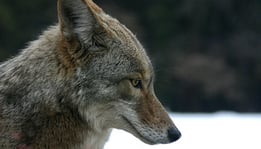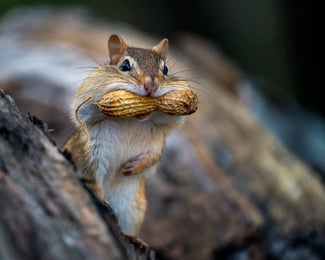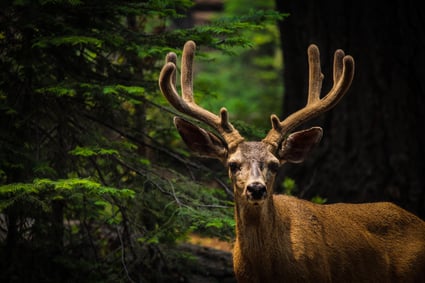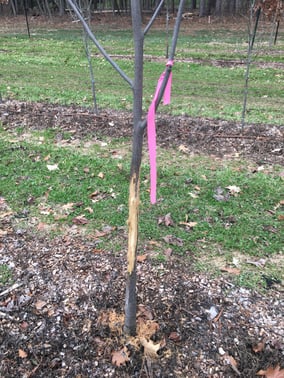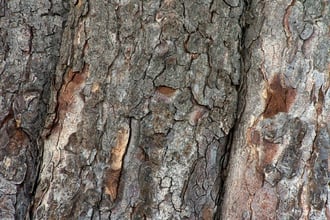Tall Fence Easily Breached
Watch as this coyote shows of its quickness, agility, and strength!
As more undeveloped land is taken for housing lots and commercial areas, the natural habitat for wildlife gets increasingly restricted. Sightings of animals such as coyotes and deer are more frequent. Coyotes have adapted to the modern landscape in unique ways, especially now with their main predators such as wolves out of the way. Generally content to stay out of sight, a hungry coyote may make an appearance. They are resilient and their numbers are increasing in some areas despite efforts to control them. Closer at
Coyotes are powerful and stealthy, yet there are strategies for avoiding dangerous interactions with them. If the presence of coyotes is an issue in your area and cause for concern, one of the best ways to stay safe is to build a wire fence. Small dogs or other animals, if unattended, could be prey. To protect against coyotes, it is best to use a six to eight-foot height. You can either bury 12 inches in the ground or bend it so it lays on top of the ground to the outside of the enclosure as an apron. This will discourage digging.
There are many choices of welded wire fencing and woven wire fencing meshes available:
Welded wire fencing - Galvanized Before Weld (GBW), Galvanized After Weld (GAW) and Vinyl Coated (VC)
- 14 gauge, 1" x 2" and 2" x 4" mesh
- 12.5 gauge, 2" x 4" mesh
Woven wire fencing -
- Apron fence - 17 gauge, 1.5" hex netting mesh
- Deer & Wildlife fence - 12.5 gauge high tensile wire
- 2" x 4" mesh non-climb fence - 12.5 gauge
- Emu & Ostrich fence - 12.5 gauge
- Poultry & Garden/Deer & Orchard fence - 14.5 gauge wire
Here is an in-depth report on the increase and behavior of coyotes in cities and suburbs:
For more about fencing out coyotes and other potentially aggressive animals, check out this blog.

